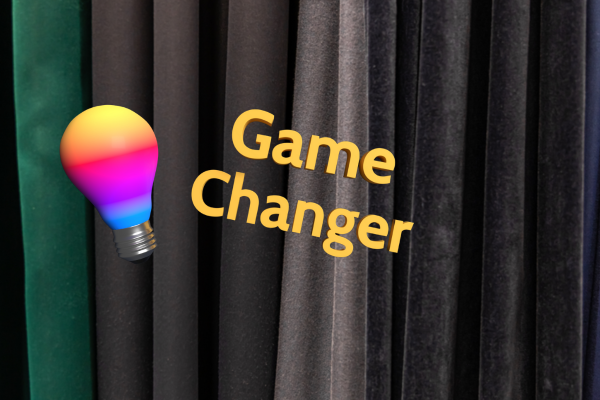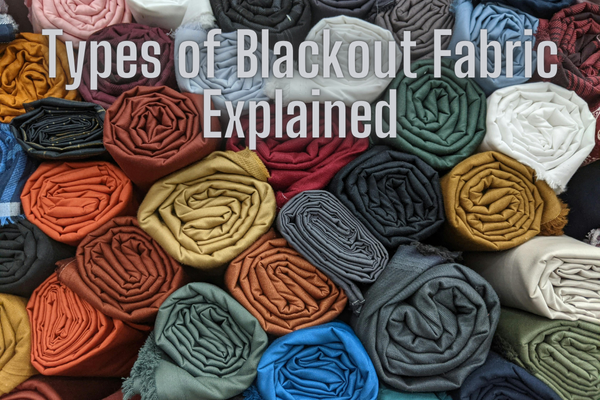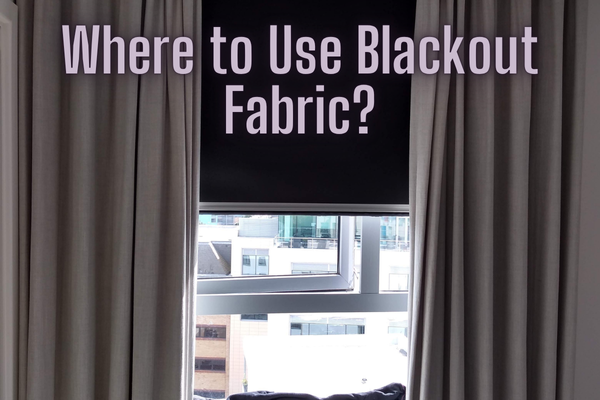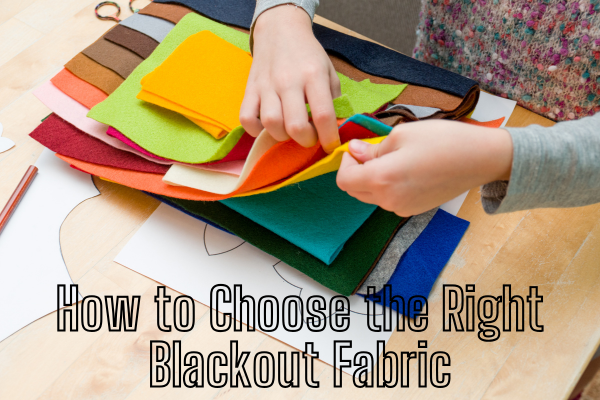What Is Blackout Fabric?
Let’s face it—sunlight is great until you’re trying to sleep, watch a movie, or survive a migraine. That’s where blackout fabric steps in like a blackout curtain superhero. It’s not just thick fabric. It’s engineered to block up to 99% of light, reduce heat, and often dampen noise. Think of it as the fabric version of noise-canceling headphones—but for windows.
Table of Contents
Why Blackout Fabric Is a Game-Changer for Every Home

Light Blocking vs. Blackout – Know the Difference
Here’s where many people get confused. Not all heavy or dark fabrics are blackout fabrics. Blackout fabric uses layers—often a foam or acrylic coating—to prevent light from seeping through. Light-filtering fabric dims light; blackout fabric cancels it like a debt collector.
How Much Light Does Blackout Fabric Really Block?
Statistically, 3-pass blackout fabric blocks 99% to 100% of visible light, while 2-pass options range around 85% to 95%. Even 1-pass fabric can reach 60%, but let’s be honest—it’s like trying to sleep during a solar eclipse with sunglasses.
Types of Blackout Fabric Explained

Let’s break this down like your favorite DIY YouTube tutorial.
Coated Blackout Fabric
This type has a base fabric—typically polyester—with one to three coats of acrylic or foam. 3-pass coating is the gold standard, featuring a white back layer, a middle black layer, and a colored front. Perfect for residential and commercial use.
Woven-In Blackout Fabric
Instead of coatings, this uses tightly woven black yarns sandwiched between layers. It feels more breathable, softer, and drapes beautifully. Great for upscale interior designs and premium hotel rooms.
Where to Use Blackout Fabric (Hint: Not Just Windows)

Bedrooms, Nurseries, and Home Theaters
Parents, rejoice! If your baby is waking up at 5 AM thanks to early sunrise, blackout fabric curtains are your savior. The same goes for night-shift workers and binge-watchers with no shame.
Hotels, Offices, and Meeting Rooms
Hospitality industry? Corporate sector? You’ve likely seen blackout drapes in action. Many hotels opt for 3-pass fabric with fire-retardant properties, especially in curtain linings and window shades.
Benefits That Go Beyond Darkness
Energy Efficiency and Temperature Control
Did you know blackout fabric can reduce room temperature by up to 5°C (41°F)? That’s real savings on your electricity bill. It acts like an insulation layer, keeping heat out during summer and warmth in during winter.
Noise Reduction—Yes, It Helps!
While not soundproof, blackout fabric helps absorb ambient noise. Think of traffic sounds being muffled by densely layered curtains—ideal for urban living.
How to Choose the Right Blackout Fabric

You’re not just buying cloth—you’re investing in peace and silence.
GSM, Coating, and Layer Count
- GSM (grams per square meter): Typically ranges from 200 to 350 GSM
- 2-pass coating: Good for casual setups
- 3-pass coating: Ideal for full blackout effect
- Woven blackout: Best for softness + effectiveness
Fire-Retardant Options and Fabric Widths
Always check for NFPA 701 certification if using it commercially. Widths vary from 54″ to 118″, perfect for wide glass panels or oversized drapes.
Care Tips to Make Your Blackout Fabric Last
- Vacuum weekly using a soft brush
- Spot clean with mild soap and cold water
- Avoid machine wash if it has coating
- Do not iron coated sides—you’ll melt more than just wrinkles!
Final Thoughts: Should You Go Full Blackout?
If light leaks annoy you, temperature spikes stress you, or outside noise breaks your peace, then yes—blackout fabric is worth every penny. It’s functional, flexible, and surprisingly fashionable. And let’s be honest—there’s something oddly satisfying about plunging a room into total darkness with a single curtain pull.
FAQs About Blackout Fabric
Q1: Is blackout fabric breathable?
No, especially the coated type. Woven-in blackout fabrics offer slightly more breathability.
Q2: Can I use blackout fabric as a projector screen?
Yes! Some DIY enthusiasts use it because of its dense, smooth surface and light-absorbing qualities.
Q3: Is blackout fabric the same as thermal curtain fabric?
Not exactly. Thermal curtains focus on insulation, while blackout fabric mainly blocks light—but many fabrics combine both features.
Q4: Can blackout fabric be sewn easily at home?
Sure, but expect thicker seams. Use heavy-duty needles and test a few stitches first.
Q5: Does blackout fabric only come in black?
Definitely not. Available in white, gray, navy, beige—you name it. The middle light-blocking layer is usually black, but the outer colors vary.
